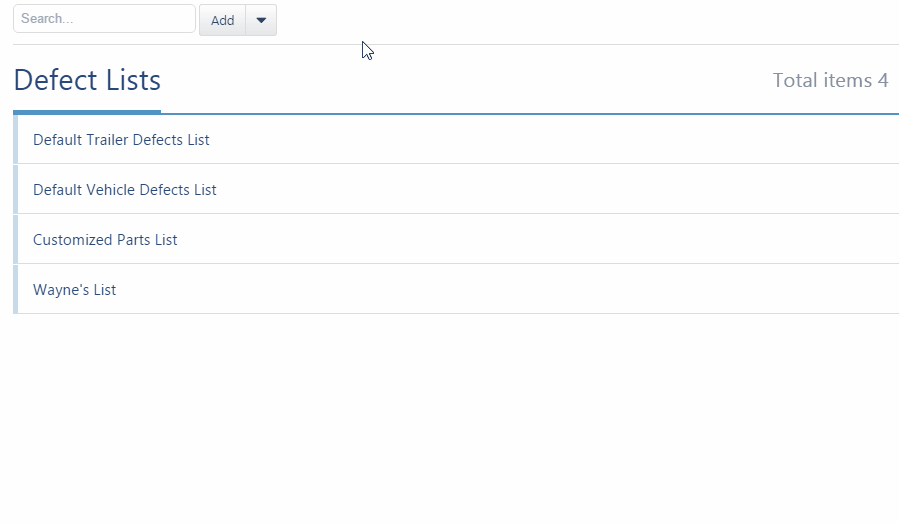

- DVIR CORRECTING DEFECT PROCESS DRIVERS
- DVIR CORRECTING DEFECT PROCESS DRIVER
Sign off: The driver signs the report and gets it to the carrier. Report defects: If the driver spots anything that will impact safe operation, they must note it on the DVIR. Vehicle inspection: Walk around the vehicle, checking out all of its operational systems. If it’s not, they’ll send that information to their carrier, too.īasically, each DVIR encompasses four steps: If the vehicle is in good condition, they’ll sign the form and send it off to their carrier. But this is part of maintaining a safe vehicle (and hey, it’s the law). Yeah, yeah, we know: after a long day on the road, a driver wants to relax, not pop the hood and look under the trailer and generally crawl all over their truck. Emergency equipment (first aid kit fire extinguisher)Īfter a driver pulls over at the end of a shift, they’ll take their DVIR form (or digital version on a tablet) and perform a thorough inspection of their vehicle. You can view an actual form here, but below are some of the critical elements you’ll need to check: To actually complete a DVIR, a driver needs to obtain the proper form and do a thorough walk-around of their vehicle. The only types of vehicle exceptions are for private motor carriers of passengers (non-business), driveaway-towaway operations, and motor carriers that only operate one commercial vehicle. DVIR CORRECTING DEFECT PROCESS DRIVERS
More and more drivers are using electronic DVIRs now (cleverly shortened to eDVIR), sending off information automatically once they stop for the day.ĭo you have to perform a DVIR? Yes. In the old days, a driver might fill out a paper-based DVIR which would then be dropped off with their carrier at the end of a trip. The actual legalese is right here in Regulation 396.11: “Every driver shall prepare a report, in writing, at the completion of each day’s work on each vehicle operated.”

But if you’re just getting started, or if you want a refresher, keep going! What is a DVIR?Ī Driver Vehicle Inspection Report, or DVIR, is a daily report filled out by the driver of a commercial vehicle (in our case, a truck driver!), usually at the end of a driving shift. If you’ve been in the game for a while, you already know what that acronym stands for, and can probably bypass this blog and read up on DOT inspections instead. These required reports are a critical component in keeping trucks and the roads they use safe-but no one can deny they take up time that many drivers would rather spend doing other things (like eating, sleeping, or maybe getting a few extra miles in). Are your fleet drivers keeping up with their DVIRs?






 0 kommentar(er)
0 kommentar(er)
